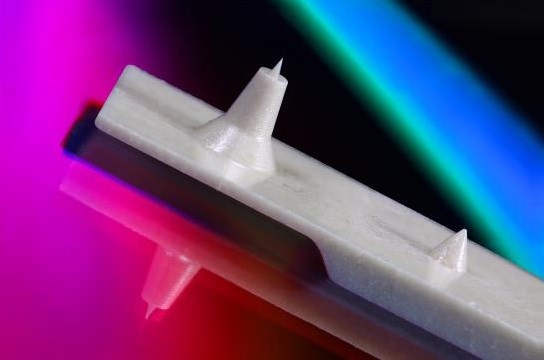Published
Myths of Micro Molding
Micro molding is an emerging technology, so there is a limited amount of accurate information available. This leads to misconceptions, misinformation and myths. Check out this post where an experienced micro molder shares its expertise.

Here are two myths of micro molding according to MTD Micro Molding:
Myth #1: You can be successful molding micro-sized parts on standard sized molding machines.
This assumes that with a little adjustment and some fine refinements to make closer tolerance tools, most smaller injection molding machines should be able to make micromolded parts. This is the most dangerous myth because it impacts the customers’ supplier selection and can set the unprepared supplier up for failure. The entire micro molding system must be designed to operate differently from a “macro-system” and this takes specialized skills including those needed to build a mold capable of producing micro-sized plastics geometries and tolerances.
The LCP test specimen (photo) illustrates the difference between a high precision molded micro needle (left) with a 5μ radius on the tip, which was created with Sarix EDM technology, and an industry standard needle point with a .003” radius tip (right).
The source of the problem is failing to understand that miniature volumes of any material, plastic resin or even steel, behave differently than larger, normal volumes.
Myth #2: The part needs to be microscopic to be considered a “micro part”.
It is common for larger parts to be designed with small diameter holes, such as .003-inch diameter. Parts only need to have a compelling reason to be micromolded, such as critical tolerances (i.e. <.005”) or micro-sized features.










